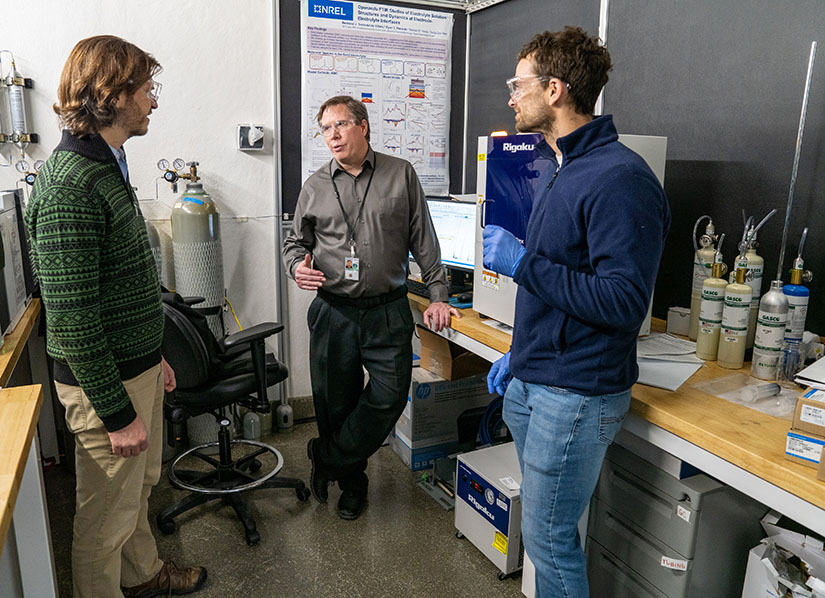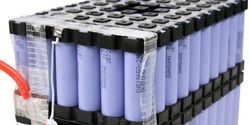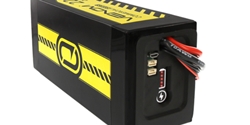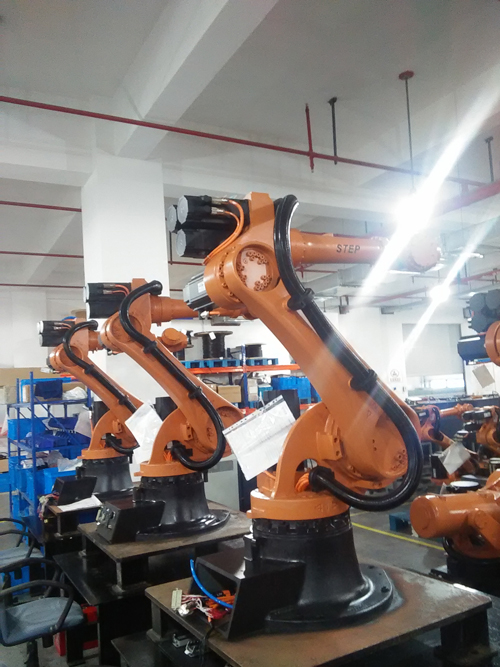Improving AGV efficiencies with updated battery technologies
AGV-powered sectors like eCommerce and pharmaceuticals have set the pace for electric adoption, cutting emissions while streamlining operations. Yet, legacy batteries, whether lead-acid's sluggish charging or Li-ion's trade-offs in speed, cost, or size, limit progress.
The Battery Bottleneck Holding Robotics Back
In this conversation, he explains how energy needs vary across robot categories, why current systems are holding back innovation, and what battery breakthroughs could mean for the future of robotics.
Powering the Future: NREL Research Finds Opportunities for Breakthrough Battery Designs
Using ultramodern capabilities and world-class laboratory facilities, NREL's energy storage researchers continue to push battery boundaries with materials development, thermal management, diagnostics, and modeling.
Wireless Charging Technology for Autonomous Robotics
Downtime is particularly costly in an operation that relies on carefully coordinated logistics, so optimizing charging times and speeds based on operational needs is very advantageous.
Battery Requirements for Next Gen Mobile Robots
Mobile robots, in the form of AGVs, have been on the market for nearly two decades. But a topical innovation in the sector is creating power requirements that the battery market must respond to.
Batteries, the Heart of Your Drone
Does your battery have the ability to report battery statistics to you while it is airborne? Are you sure that battery will work for your important demo?
A New Lithium-Metal Battery Takes Flight in Drones
Katie Fehrenbacher for GreenTechMedia: For drone makers, that means a drone could fly farther and longer on a single charge. For example, a drone surveying acres of crop land could fly for an hour instead of just 20 minutes with a standard battery.
Batteries for Robotics Applications
Our technologies are designed to fulfill the complex requirements of industrial robotics.
Records 1 to 8 of 8
Featured Product
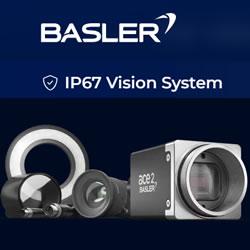
Basler 3D Vision Solutions for Robotics and Warehouse Automation
Empower your robot's vision: with our 3D cameras and tailored robotics application software, your robot can tackle any task. From bin picking to sorting and navigation, AI enables your robot to recognize even "unseen" objects in mixed scenarios. Explore our time-of-flight and stereo cameras for vision-guided robotics with a wide range of compatible accessories."
Robotics and Automation - Featured Company

FAULHABER MICROMO
Since 1961, FAULHABER MICROMO has partnered with OEMs to deliver high precision, high performance, custom micro motion system solutions to markets such as medical, robotics and automation in North America. FAULHABER MICROMO's tradition of innovation started decades ago in Germany. The groundbreaking invention of the FAULHABER coreless winding started it all for a market that produces millions of motors today.
How can the FAULHABER MICROMO team help you deliver your next innovation to market first?
Learn more about MICROMO's solutions for the most demanding applications, our diverse motion products and technologies, online ordering, Engineering and R&D teams, Clean Room Assembly, Machining Center and other services at our Clearwater, FL facility at https://www.faulhaber.com.



